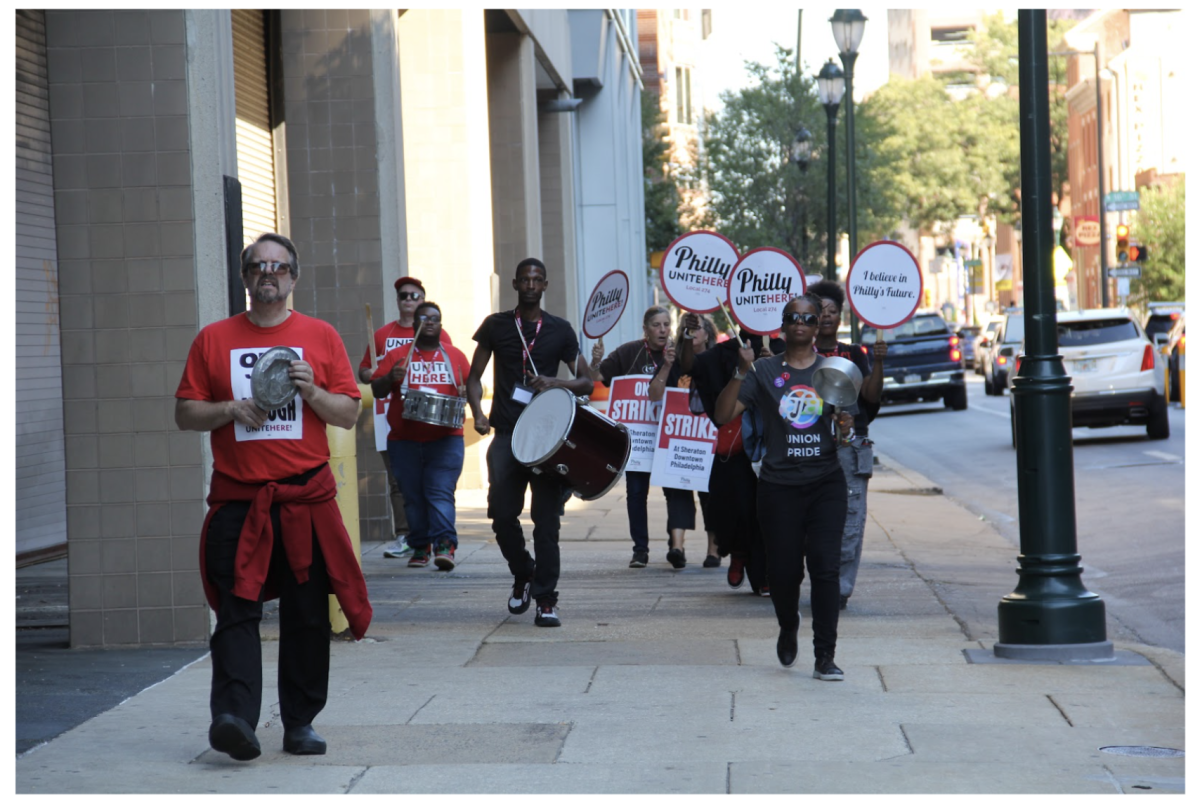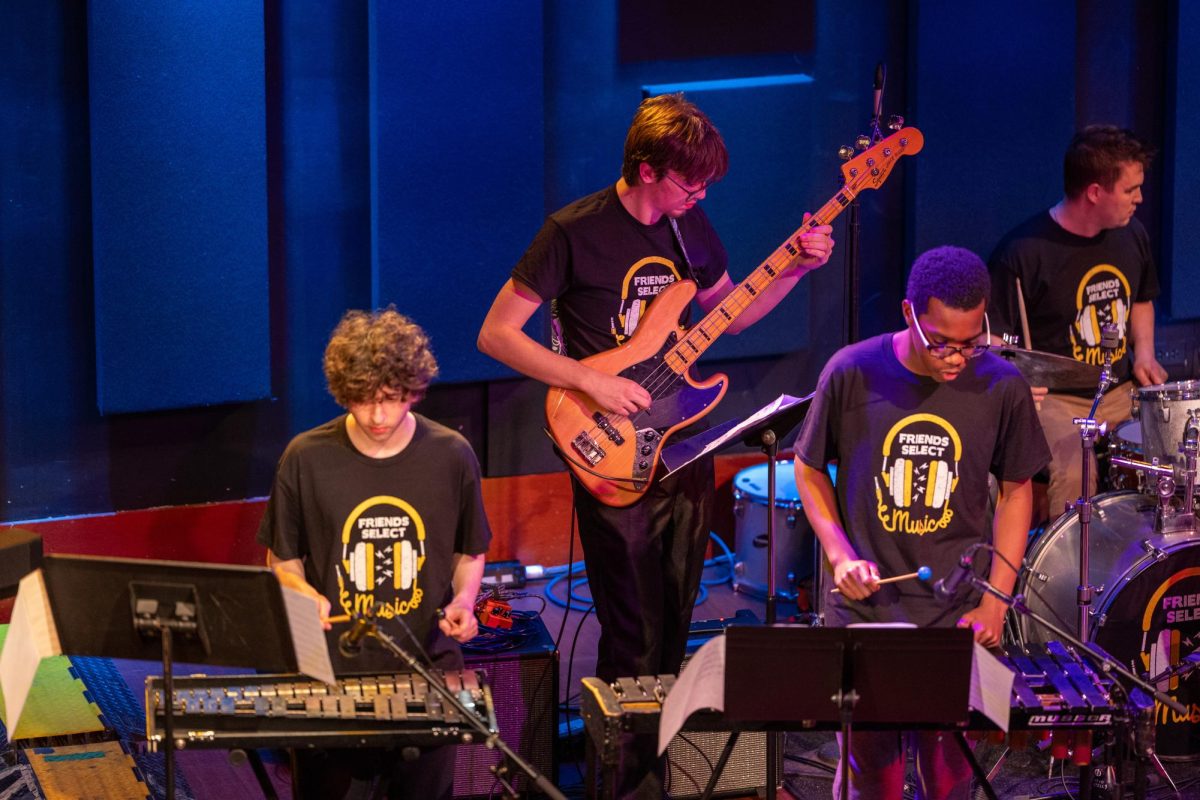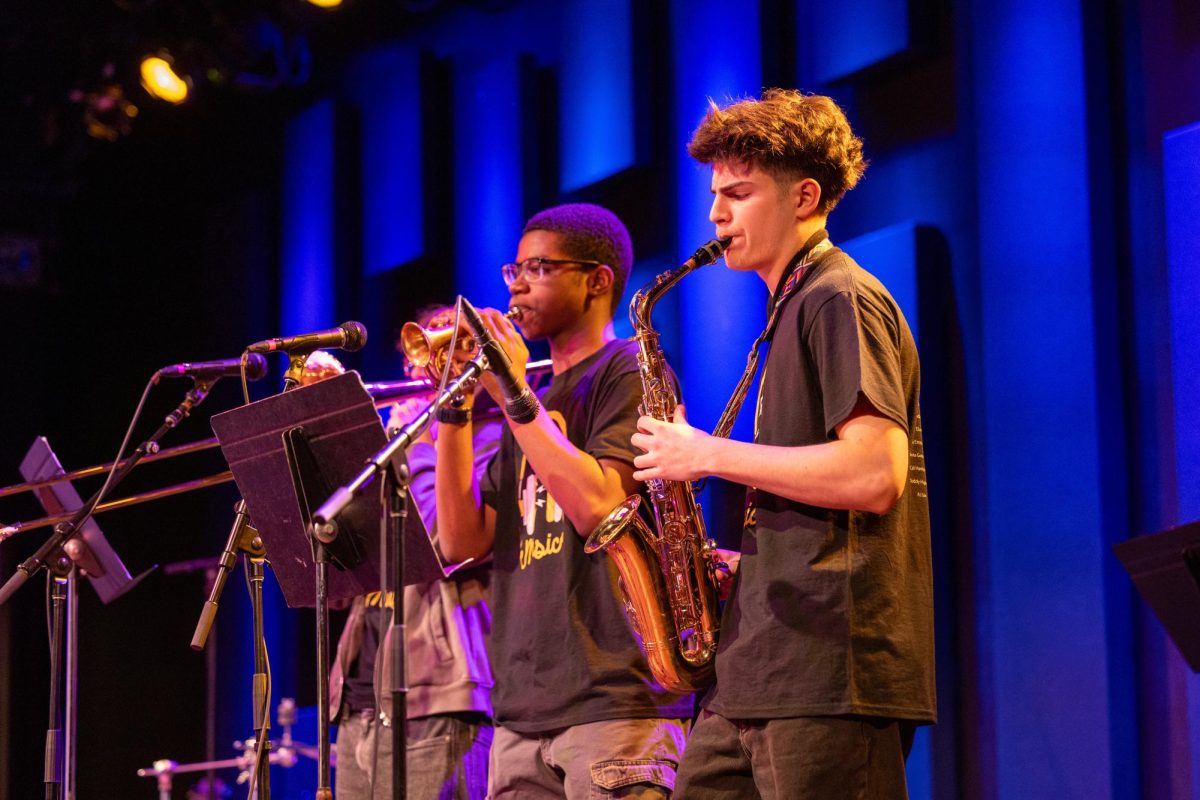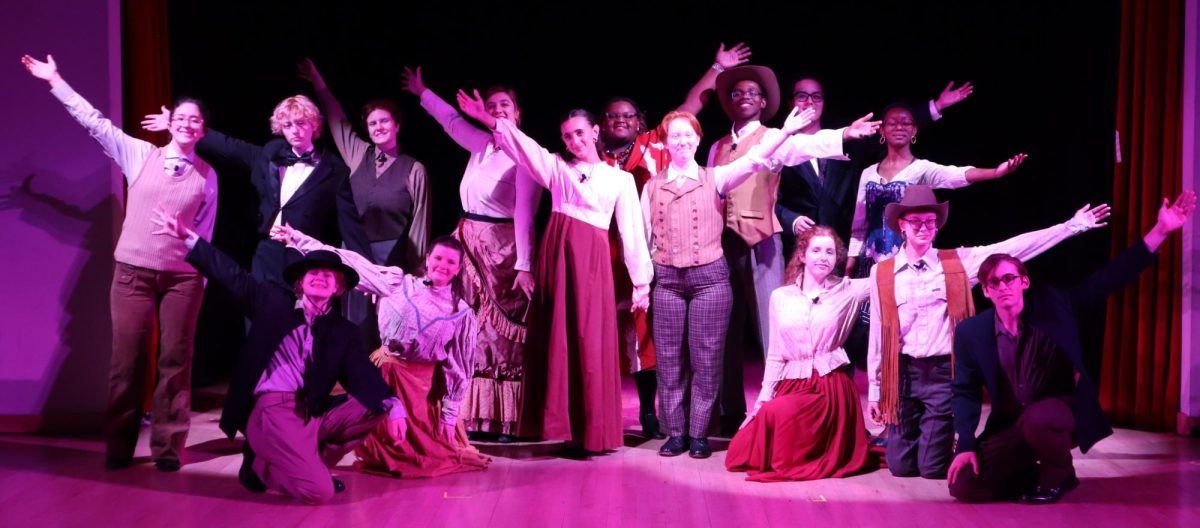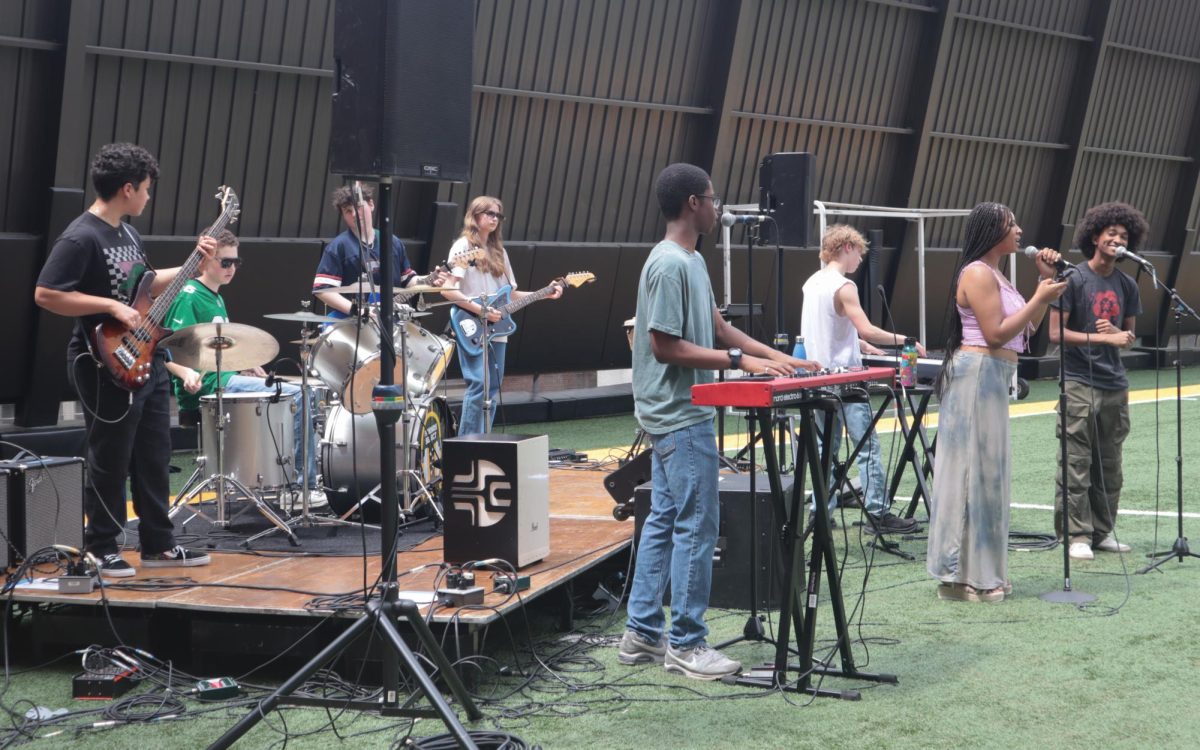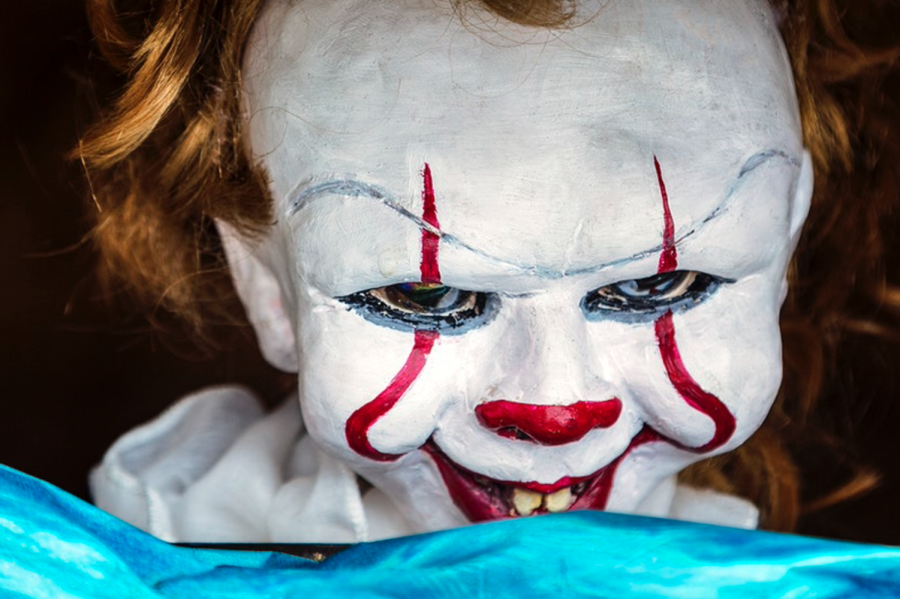The Horrendous History of Horror
Some nights, when I was a kid and my parents were out, I would sit in the dim lights of our living room and watch shows like Courage The Cowardly Dog. Even though the show made me scared to turn the lights off when I went to sleep, there was always something I loved about seeing the creepy imagery. Since then, my love of horror has grown, especially for the weird and uncanny imagery. However, my interest has always been surface-level, so I decided to investigate the horror genre and learn more about its history and cultural relevance.
Horror is a genre that focuses on creating an atmosphere of fear; “[horror stories] can feature supernatural elements such as ghosts, witches, or vampires, or they can address more realistic psychological fears.” The genre started to gain popularity in the 18th century during the pre-Romantic period, specifically from Horace Walpole’s story Castle of Otranto, which is considered the first horror story. Since then, numerous authors have introduced new themes to horror; Mary Shelly with pseudoscience and Poe with descending into madness, for some examples.One of the first horror movies to be produced was Le Manoir du Diable, which translates to The Haunted Castle, in 1987 by the French director F. W. Murnau. While it lost traction for a time, horror regained popularity during the 20th century with the popularization of science fiction during the 1950s.
That isn’t the only reason it’s popular, though. Horror is “one of the most responsive fictional genres,” meaning that motifs and themes adjust to current social and cultural anxieties. During the 20th century, horror adapted to society. The “Golden Age” of horror, during the 30s, was a significant boom when Hollywood produced many classics like Dracula, Frankenstein, and others. Since then, movies have changed as the world changed. The “Atomic Years” focused on psychological horror, while Slashers gained traction during the 70s and 80s. More recently, during the 2010s, horror saw an influx of political influence; movies like Don’t Breathe in 2016 or The Purge series, spanning from 2013 to now, are heavy with political influence, even as a metaphor.
While horror films often have similar tropes, the same motifs and themes that appear differ from culture to culture. The differences between Eastern and Western horror are the most striking. During the 70s and 80s, Western horror went through a “horror renaissance,” which increased its popularity and shaped most of today’s techniques. A popular style used in Western horror is “shock horror, ” which uses disturbing imagery to shock the audience. The Texas Chainsaw Massacre is a prime example of a movie that utilizes this technique, using the uncanniness of the antagonist’s (Leatherface) appearance when pursuing the teenagers. Eastern horror instead relies on the atmosphere and tension to fill the audience with fear. Eastern horror also uses horror to comment on human nature. It allows the viewer to come to their own conclusions about the film. The Japanese psychological horror movie, The Ring, is a prime example of this technique.
During the 1960s and 70s, horror movies strayed away from European literature, and the rise of Slasher movies began. These new movies often featured “ordinary people in extraordinary situations,” many main characters from suburban families, taking what is ordinary and twisting it until it is no longer familiar. On the other hand, Eastern horror assumes the supernatural is a part of everyday life. However, some cultures have incorporated both Eastern and Western horror aspects, like Filipino horror movies. They use similar character tropes as Hollywood characters but still incorporate the same supernatural elements Eastern horror uses. Horror not only adapts through time, but also culture: “each culture offers its distinct brand of fear, and these fears evolve along with the rest of their societies.”
The horror genre doesn’t have limits on taboo topics and changes depending on cultural events, making it especially scary. 2016 was one year that many films, especially horror, were influenced by the political climate. Horror assists in “pointing out that racist extremism, power-mad gun rights advocacy, religious zealotry, conspiracy-driven survivalism, and xenophobic nationalism are all scary as hell,” says one Vox article. These issues often show up in horror in subtle ways. For example, many horror movies focused on invasion are often seen as a metaphor for foreigners: “the allegory of the modern home invasion film is all about the sanctity and deceptive sovereignty of America as a nation-state, powerful and impenetrable.”
Horror films aren’t only entertaining mentally, but they can also have a physical effect. “Scary films allow us to experience heightened sensations, but in relative safety.” Watching horror films can release “fight or flight” hormones, like dopamine, adrenaline, and cortisol. Since humans have no natural predators, horror films act as a way to fill the gap with fear of things that we are evolutionarily afraid of. For example, faceless antagonists scare us because our facial recognition abilities are hindered. Even though we’re aware these films are fictional, it still triggers a primal instinct in our brains unconsciously. Certain things can trigger this, like “non-linear” sounds, which cause a natural response to danger. However, what causes a minor adrenaline response for most can trigger things like PTSD, panic attacks, or heightened aggression for others.
As technology has grown, so have the mediums used to tell horror stories. One very well-known example is horror video games, like the Resident Evil saga and Outcast. Many see horror games as being scarier than horror films because games hold the player accountable for their actions in the game, which creates a sense of responsibility. On the other hand, movies count on building sympathy for the characters the audience sees to make them react to what they’re seeing. “The response to the scary computer game appears to exceed everything we’ve seen before,” says Jens Kjeldgaard-Christiansen, a professor at the University of Denmark who studies pop culture. “We project ourselves into the game and become more scared. Horror in literature and film doesn’t have the same effect.” However, others believe that horror games are less effective than movies; “films are planned and designed to give us specific experiences, which a computer game can’t do.”
Since researching this topic, my interest in horror has grown, and I’ve become more aware of how the strategies of horror are used in films, books, games, etc. It makes me realize why a kid’s show could be so terrifying, but why I still kept my eyes glued to the screen even while being terrified. A lot of thought goes into general media, and horror is no exception.

